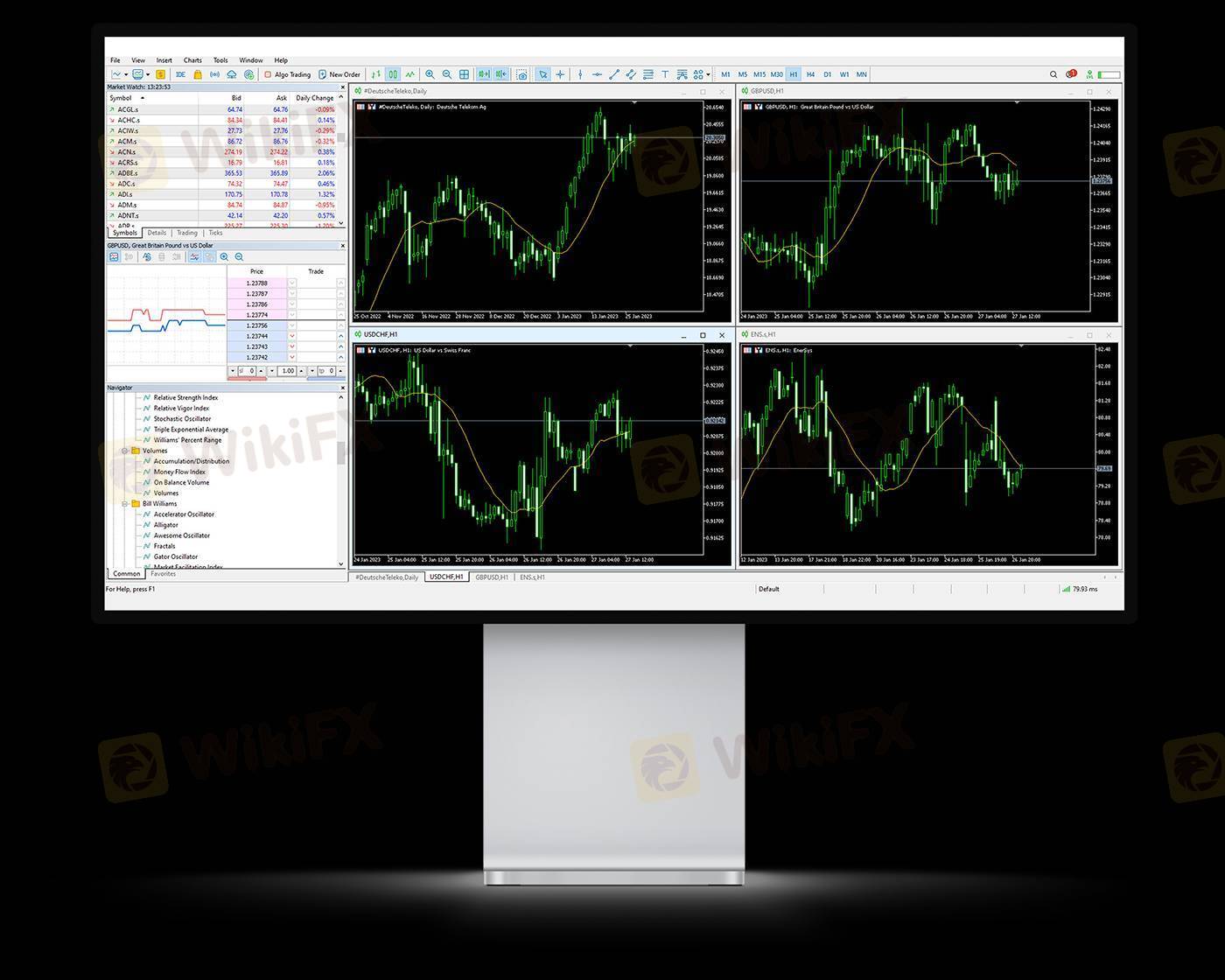The cat and mouse game continues to intrigue gold markets across India. The week started with a standstill on price movement, fell for two successive days, rose the next day, and declined on August 22, 2025. Although the fall is marginal, the volatility in the yellow metal is something to look at.
The per-gram price of gold in the 24K segment dropped by INR 22 to INR 10,053 from yesterday’s close of INR 10,075. This made the 10-gram price fall by INR 220 to INR 1,00,530. Yesterday, the closing price of 24K 10-gram gold stood at INR 1,00,750.
The price of one gram of 22K gold slipped to INR 9,215 from INR 9,230, witnessing a decline of just INR 15. Meanwhile, the 10-gram price dropped to INR 92,150 from INR 92,300.
The cat and mouse game continues to intrigue gold markets across India. The week started with a standstill on price movement, fell for two successive days, rose the next day, and declined on August 22, 2025. Although the fall is marginal, the volatility in the yellow metal is something to look at.
The per-gram price of gold in the 24K segment dropped by INR 22 to INR 10,053 from yesterday’s close of INR 10,075. This made the 10-gram price fall by INR 220 to INR 1,00,530. Yesterday, the closing price of 24K 10-gram gold stood at INR 1,00,750.
The price of one gram of 22K gold slipped to INR 9,215 from INR 9,230, witnessing a decline of just INR 15. Meanwhile, the 10-gram price dropped to INR 92,150 from INR 92,300.
























